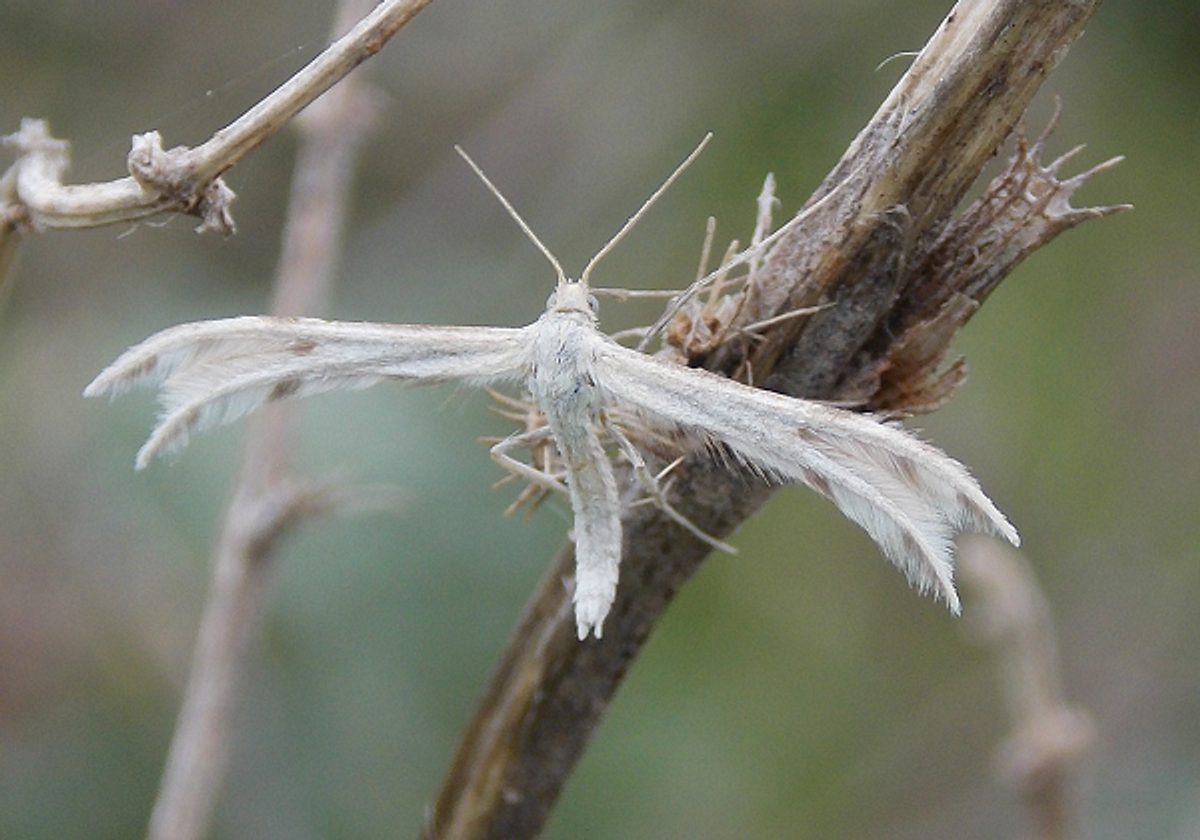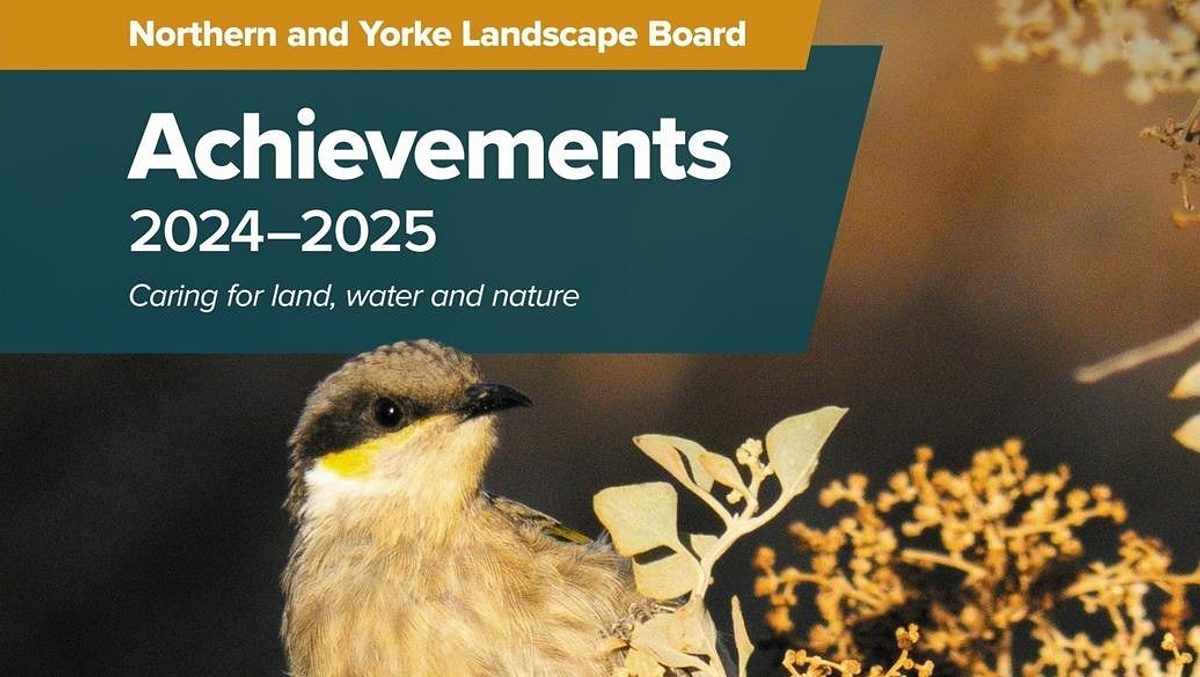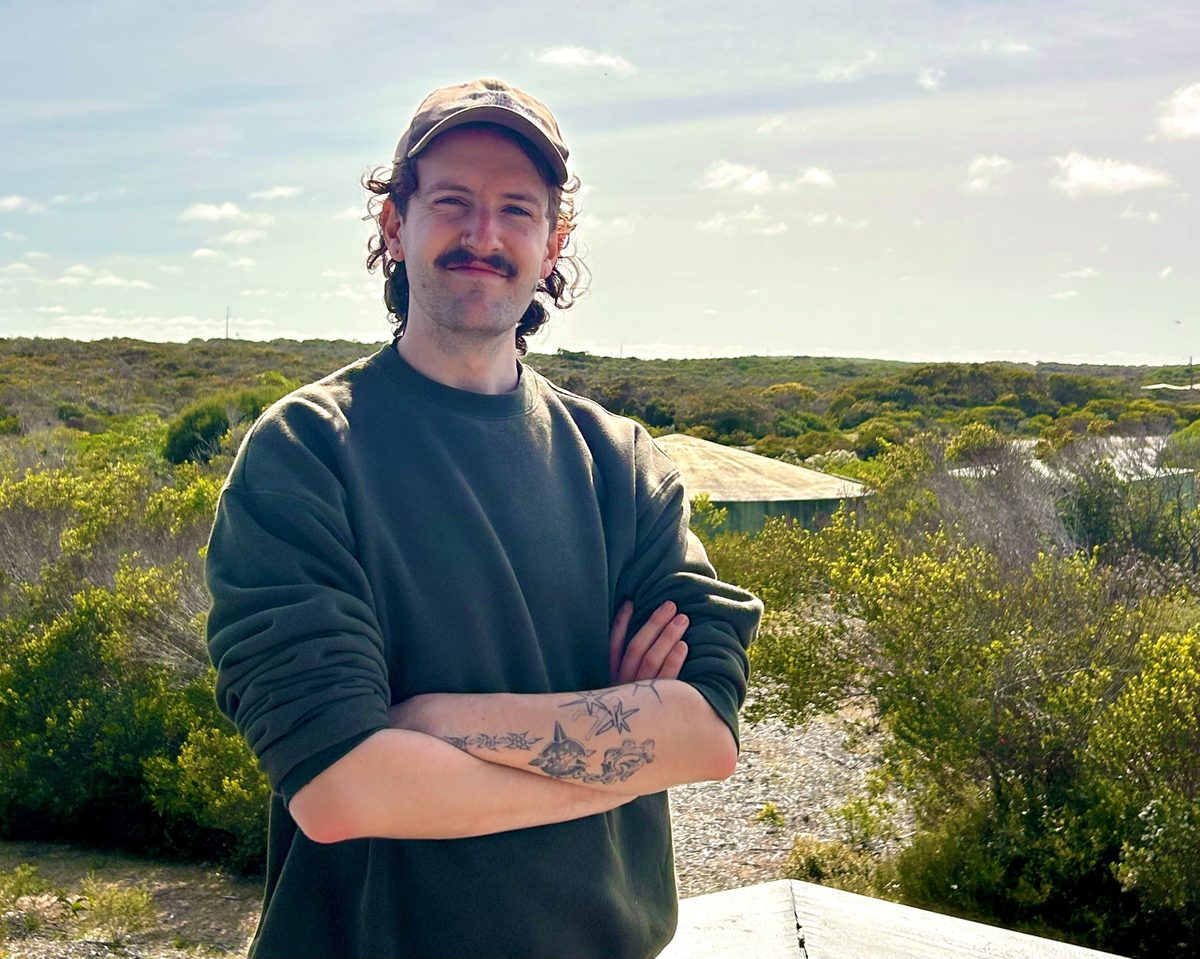Tiny caterpillars take on horehound
Landholders across the Mid North are enlisting a tiny caterpillar to control the invasive declared weed horehound.

With support from the Northern and Yorke Landscape Board, 16 landholders have released plume moth larvae on their properties in an effort to reduce the spread and impact of horehound.
Horehound is a persistent and invasive weed that causes headaches for land managers and farmers. Known for contaminating wool, tainting meat when grazed, and rapidly taking over valuable pasture land, horehound can be difficult and costly to control with traditional methods. That’s where the plume moth comes in.
The tiny plume moth larvae feed on horehound leaves, stems and flowers, weakening the plant from the top down. Over time, this feeding reduces the plant’s ability to set seed, gradually suppressing infestations across affected areas. It’s a small but mighty caterpillar with a big job – helping landholders protect productivity and restore balance to their properties.

This year’s program didn’t stop at farm gate releases. Plume moths were also introduced at two new roadside sites, which will act as “nurseries” for the next generation of biocontrol insects. These sites will provide a continual supply of larvae that can spread naturally or be collected for redistribution, ensuring an ongoing, cost-effective solution for managing horehound in years to come.
Biocontrol is an important part of an integrated approach to managing weeds. It doesn’t eliminate weeds overnight, but it provides a long-term, low-cost way to reduce their dominance and restore healthier pastures. For landholders dealing with widespread infestations, it can be a game-changer.
Our work with plume moths is part of a wider effort to provide biocontrol options for other problem weeds in the region, including several opuntia species (prickly pear) and salvation jane.
Landholders who are interested in exploring biocontrol options are encouraged to get in touch with a Landscape Officer via 8841 3444.


